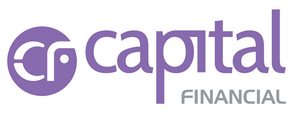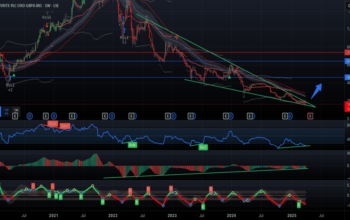Trading is an Anglo-Saxon term derived from the verb “to trade” which means “to negotiate” or “to trade” in English. In the language of Shakespeare, the term therefore has a broader scope than in French, where it is limited to the negotiation of financial securities.
Although we can speak of “market operations” to designate the trading activity, the English term is very widely used, especially by professionals.
Trading or Investment?
The difference between trading and investing is tenuous. It is sometimes said that the trader makes short-term trades while the investor takes long-term positions. However, some trading strategies are long term. In my opinion, the main differences are therefore:
investment is a broader term, which can refer to real estate investment , investment in listed shares, but also in startups or SMEs . The investor directly or indirectly finances the companies in which he invests and therefore has an essential role in the functioning of the economy. Although most investors are passive, some may also become personally involved in company strategy, such as Warren Buffett . The long-term yield investor derives income from both dividends and capital gains.
trading focuses exclusively on listed assets. In addition, traders care little about the commercial success of targeted companies. They even frequently bet on the decline of a security or use derivatives whose economic benefits are questionable. Many traders are looking for quick gains, thanks to regular capital gains.
Trading is a time-consuming activity, which requires daily monitoring of positions. Conversely, you can invest in the stock market by devoting only a few hours a year to it.
Moreover, if you are new to the world of the stock market , I advise you to start with our free guide “7 days to invest in the stock market”. This will allow you to familiarize yourself with the financial markets and to put in place a simple but effective first strategy!
How to become a trader?
To make trading your profession , it is recommended to do a business school, an engineering school or a university education in economics or applied mathematics. After your training, you can apply to banks or management companies. Trader is a term that encompasses different realities. In banking, the business often consists of providing investment products to banking clients (structured products, derivatives, ETFs, etc.). It is a very different job from that of a portfolio manager in a hedge fund , whose objective is to generate performance by taking a position on the financial markets .
Becoming an individual trader is within everyone’s reach . For this, it suffices:
to open a securities account with a trading platform (we list the best trading platforms further down in the article);
place stock market orders to buy and sell securities (a few clicks are enough).
So there is no material obstacle to trading. A few hundred euros are enough to start. All that remains is to train well and gain experience to put in place an effective long-term strategy; which is another story! We will come back to it.
How much does it pay?
The gains you can make in trading vary widely. This depends, on the one hand, on the capital you are able to invest and, on the other hand, on the type of strategy you implement. By implementing a very simple indexing strategy, you can aim for 8-10% per year . A little more if you use leveraged products.
Also keep in mind that many individual traders lose money because they don’t get good advice. The AMF thus reveals that 9 out of 10 French people lose money with CFDs and Forex !
Don’t see trading as a way to escape your professional activity either. Unless you have a capital of 500,000 or 1 million euros, you will find it difficult to live from your trading activity. On the other hand, it can be a way to grow your savings and build wealth.
Trading strategies
There are a large number of trading strategies. Some require you to place dozens of orders per day, others will only require a few minutes per year. Be aware that some strategies are controversial and their ability to consistently generate gains is debated. We take stock of the main trading strategies ⤵️
Passive and index management
Passive management is an investment strategy (and not a trading strategy strictly speaking). It consists of investing for the long term to take advantage of the upward trend in the financial markets as a whole. This is a very simple strategy to implement with ETFs (or trackers). ETFs (Exchange Traded Funds) are investment funds that replicate a stock market index . We therefore also speak of index management. For example, you have CAC 40 ETFs or Nasdaq ETFs
The advantage of passive management is that it has proven itself. Indeed, despite the stock market crashes, the financial markets are following a long-term upward trend. This has been true for over a century and it should not change. This trend is explained by economic and structural factors (growth, inflation , demography, innovation, etc.).
To implement passive management, all you have to do is invest in ETFs and wait for the economy to do its job. You therefore have very little time to devote to it. On average, with equity ETFs, you can aim for a return of 8% to 10% per year. By using leveraged ETFs , it is possible to improve this return.
Consult our dedicated article to find out how to choose your ETFs and build an ETF portfolio!
Stock picking and fundamental analysis
Stock picking could be translated as “stock selection”. This is again a strategy that belongs more to the field of investment than trading.




